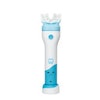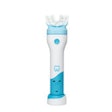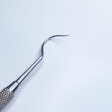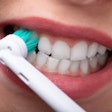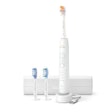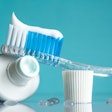Routine toothbrushing, visiting the dentist regularly, and receiving oral health education may reduce the risk of tooth loss, according to a study recently published in the International Dental Journal.
Additionally, interdental cleaning may offset the impact of metabolic syndrome, potentially contributing to a lower prevalence of missing teeth, the authors wrote.
“The present study provides substantial evidence supporting the relationship between the frequency of interdental cleaning and dental health,” wrote the authors, led by Wei Zhou of Central South University in China (Int Dent J, May 2, 2025, Vol. 75:4, 100803).
To explore risks associated with tooth loss, data from the U.S. National Health and Nutrition Examination Survey covering the 2011-2020 cycles were analyzed. It included dental examinations and oral health questionnaires from 14,154 participants ages 30 to 80. The dental exam assessed total tooth loss by summing unreplaced and replaced teeth lost to dental disease and permanent root tips.
The questionnaire gathered information on interdental cleaning frequency, the time since the person’s last dental visit, self-rated oral health, and self-reported periodontitis. Metabolic syndrome was defined as meeting at least three criteria, including abdominal obesity, low high-density lipoprotein cholesterol, elevated fasting glucose, and high blood pressure, they wrote.
The prevalence of lacking functional dentition and poor self-rated oral health was 14.6% and 9.2%, respectively. Among participants, 25.8% had never practiced interdental cleaning, while 41.5% did so five to seven days per week. Compared to those who never cleaned interdentally, the prevalence ratios for lacking functional dentition were 0.54 (0.39 to 0.75) for cleaning one to four days per week and 0.57 (0.42 to 0.77) for five to seven days per week, they wrote.
Interdental cleaning showed an antagonistic effect with metabolic syndrome in reducing the prevalence of a lack of functional dentition. For poor self-rated oral health, the prevalence ratios were 0.54 (0.38 to 0.77) and 0.43 (0.29 to 0.63) for one to four and five to seven days per week of interdental cleaning, respectively. Also, this association was weakened when dental visits exceeded six months.
The study, however, had limitations. Causality could not be determined due to its cross-sectional design, the authors added.
“Interdental cleaning frequency of ≥5 d/wk (day/week), a duration of 6 months between regular dental visits, and oral health education are recommended to decrease tooth loss and promote oral health,” Zhou and colleagues concluded.




